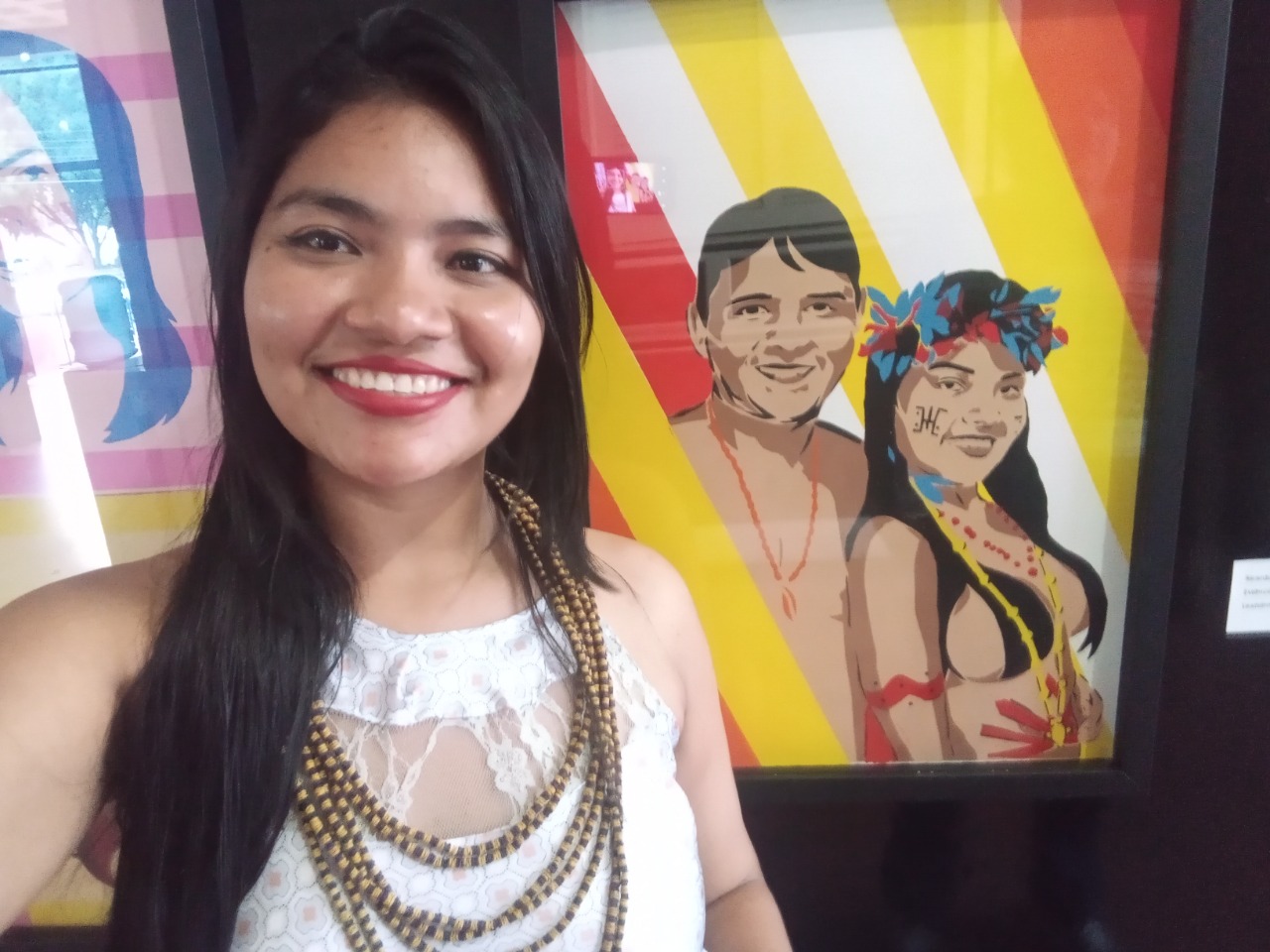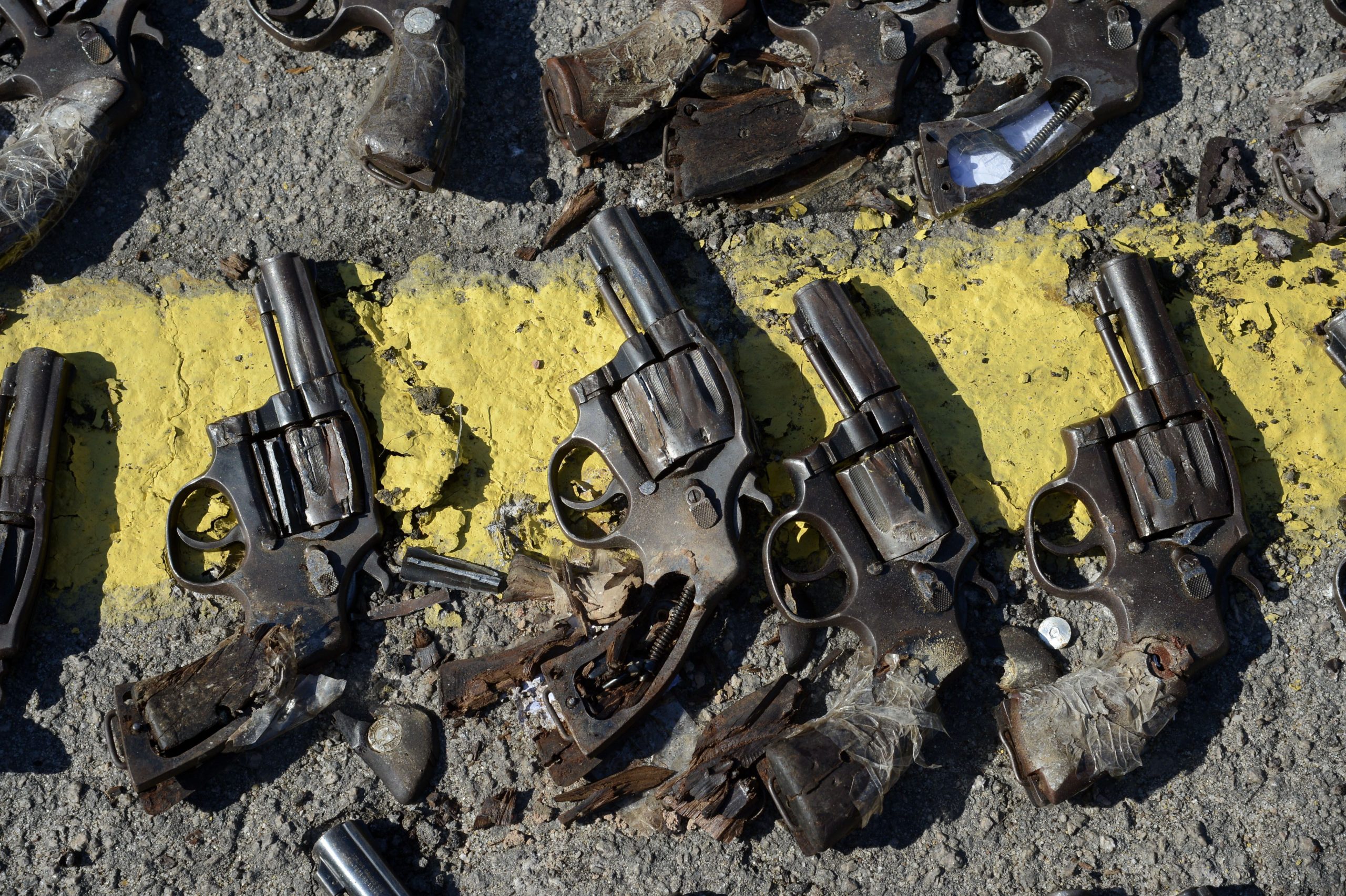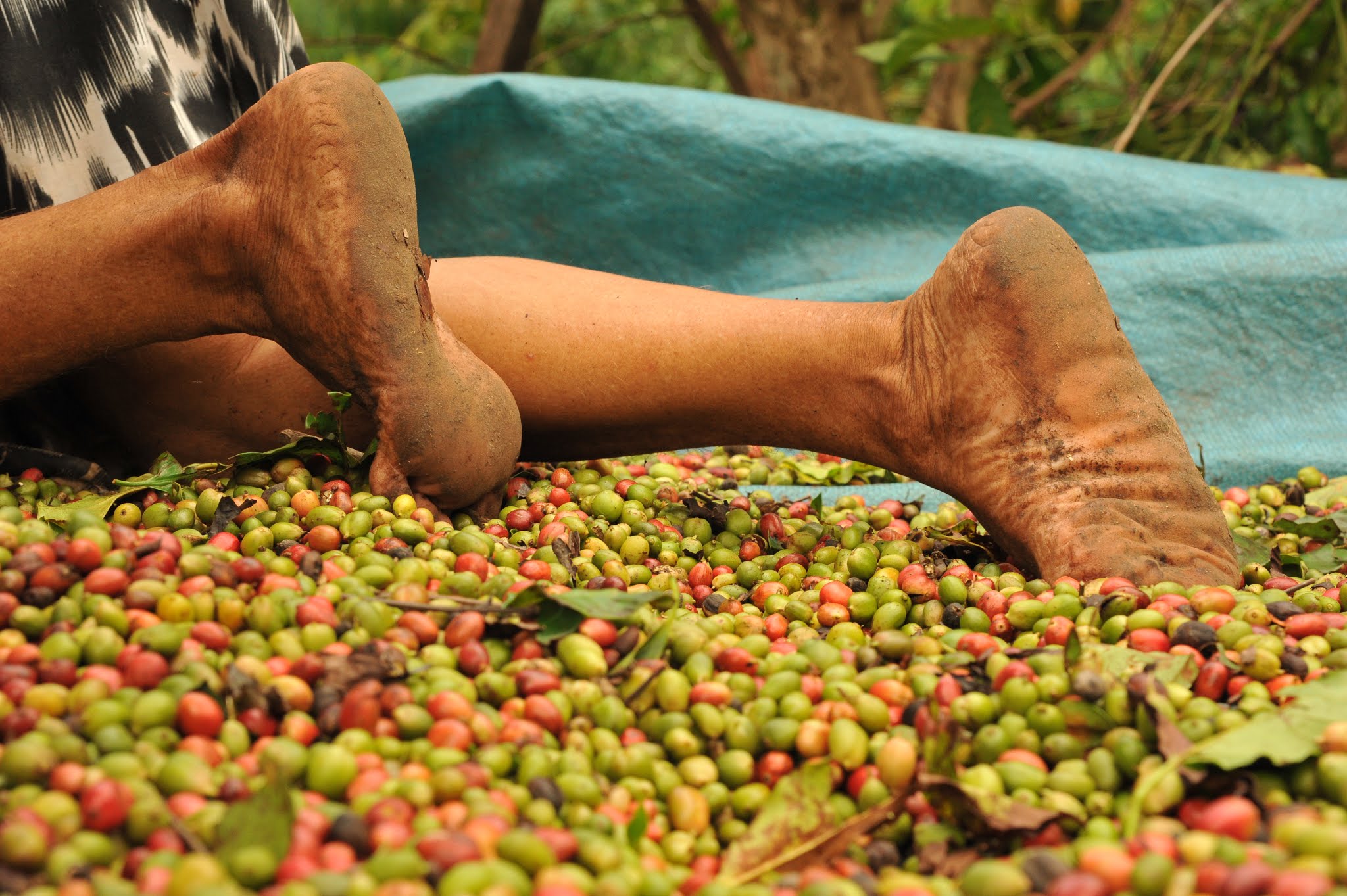Interview: How Covid 19 has affected the Boca da Mata indigenous community
Yara Pinho de Lima, an indigenous woman from the Macuxi people and an anthropologist, talks about her own experience as well as that of her community during the Covid 19 pandemic
 Yara Pinho de Lima, indígena do povo Macuxi e antropóloga (Foto: Arquivo Pessoal)
Yara Pinho de Lima, indígena do povo Macuxi e antropóloga (Foto: Arquivo Pessoal)
The invisible threat of Covid 19 had a huge impact on social relations in the indigenous community, Boca da Mata, in Roraima. The virus transformed life in the indigenous community. As the spread of the virus increased, community activities diminished, impacting the social and cultural structure of the people.
This situation is outlined by the anthropologist, Yara Pinho de Lima, an indigenous woman of the Macuxi people, in her article “Impact of Covid-19 on the indigenous peoples of the Boca da Mata village in Roraima”, published in issue 31 of the Sur Journal. Yara graduated in Anthropology at the Federal University of Roraima and is now studying for a Master´s degree on the Postgraduate Social Anthropology programme at the same university. She is a member of the Brazilian Articulation of Indigenous Anthropologists. The researcher was one of four people to be awarded a Sur grant in 2020. She talked to Conectas about some points made in her article.
The interview:
What was the theme of the article you had published in Sur journal?
My article is about the pandemic in my community Boca da Mata, situated in the Alto São Marcos region in the north of the state of Roraima, on the border with Venezuela. I tried to understand how the pandemic was handled by this indigenous community. As I am from this community, I know all the challenges of living in an indigenous village. I know that life there is a collective experience, people live collectively and participate in assemblies in order to talk about the issues of education, health and other matters related to our community. So, when the pandemic hit, these relationships (community) were immediately affected. Collective living, working on the land and other activities were suspended.
In my article I wanted to present statements by the tuxaua leaders (known as chiefs by other peoples) and by health workers and indigenous teachers who also play a role in leadership. In addition, there is the issue of the influence of the Church (there are a number of churches within the indigenous community) and also multi-ethnicity (I mention three indigenous peoples].
How did reluctance about the Covid 19 vaccine come about?
There was a father of a family in the community who did not vaccinate his children and signed a liability note. [The discourse] was that the vaccine was from outside, from white people and that white people were trying to kill the indigenous peoples. It was apparent that there was already reticence regarding vaccination before the pandemic. I interviewed a health worker from a neighbouring community who said that this reluctance did not emerge solely with Covid 19. Of course, not everyone has the same opinion. The community have access to internet and this leads to negative and positive aspects. There is the issue of fake news, as well as the influence of the churches. Some pastors say you have to get vaccinated, others say the opposite.
In the accounts you present in the Sur article, you emphasise difficulties in social interaction during the pandemic, particularly as this is a community. Could you talk a little more about the changes in routine that the Boca da Mata village experienced?
There was the issue of the roadblocks. They put up roadblocks right in front of the community. As the village is on the edge of the BR174 highway, they closed it to prevent people from going into the community, as a way of avoiding the spread of Covid 19. But the virus reached our community. School activities were suspended and even health workers were infected. It was shocking (to find out) about the first case in the community. People were afraid: “Is it going to spread? How are we going handle this?” So, everyone did what they could to protect themselves. There was also the matter of the emergency assistance, as activities had been interrupted and our relatives were unable to do an ajuri (community mobilisation towards a joint effort. An ajuri takes place when there is a community clean-up or when a piece of land has to be cleared. In other words, it is an activity that involves the whole community).


